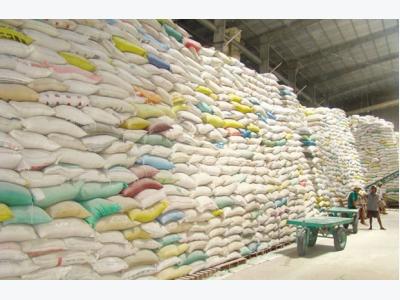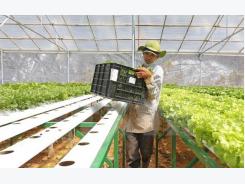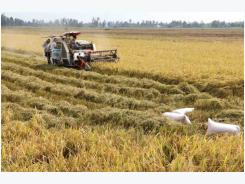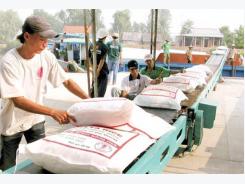VN amends legal documents to remove barrier to rice exports

Decree 109 dated in 2010, described as a significant barrier to rice exports, will be amended by the Ministry of Industry and Trade (MOIT).
Under the decree, exporters must have storehouses with the capacity of 5,000 tons and a husking workshop with the capacity of 10 tons per hour at minimum.
The rigid regulation does not encourage enterprises to focus on developing low-yield high-quality rice.
The Vien Phu Trade & Production JSC was the first Vietnamese company which obtained the USDA and the EU certificate on organic rice. It has 250 hectares of organic rice growing area with the expected output of 1,000 tons.
If it has to spend money to build a storehouse and husking workshop as required, it won’t be able to save on production costs, which will weaken the competitiveness of its products.
Also under the regulation, exporters must have the minimum reserves to ensure sufficient goods for fulfilling export contracts equal to 10 percent of the export volume of the last six months.
Rice exporters have called to remove the requirement, saying that it is unreasonable to force export companies to reserve rice in the context of unstable consumption.
Regarding the regulations on material growing area, the Decision 606 released by the Ministry of Industry and Trade (MOIT) in 2015 said the businessmen who export less than 50,000 tons a year must have the growing area of 500 hectares in the first year and have 300 more hectares each year from the second year.
In theory, the requirement places big difficulties for enterprises, because they have to expand the material growing areas while they are not sure about consumption which depends on supply & demand in the world market. Meanwhile, it is not easy to expand the area because the land fund is limited.
Ngo Van Nam, general director of ADC, said that developing material growing areas is a must for export companies. However, expanding the areas should be an ‘encouragement’ rather than ‘obligation’.
The Vietnam Food Association (VFA) has the right to set the floor export prices after considering global market demand & supply and domestic rice production.
However, the floor price mechanism is not liked by rice exporters, who say it is unreasonable to fix the floor export price as prices in the world market always fluctuate.
This explained why in 2011, VFA had to adjust the floor prices eight times, including seven times adjusted within the first quarter of the year.
The regular adjustments of floor prices make it difficult for rice exporters to take the initiative in exporting products.
Related news
Tools

Phối trộn thức ăn chăn nuôi

Pha dung dịch thủy canh

Định mức cho tôm ăn

Phối trộn phân bón NPK

Xác định tỷ lệ tôm sống

Chuyển đổi đơn vị phân bón

Xác định công suất sục khí

Chuyển đổi đơn vị tôm

Tính diện tích nhà kính

Tính thể tích ao




 VN agricultural sector urged to modernise technology
VN agricultural sector urged to modernise technology  Vietnam rice firms chafe at China import limits
Vietnam rice firms chafe at China import limits